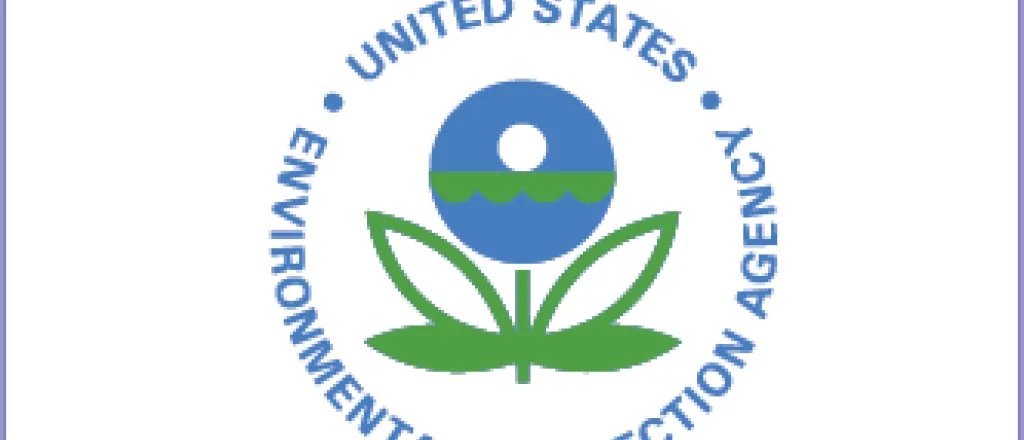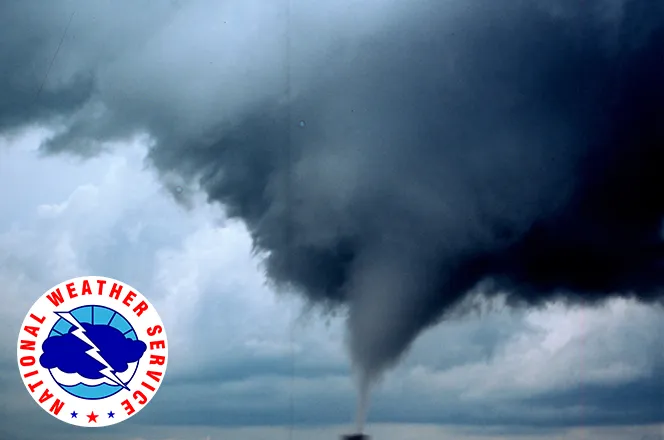
EPA Provides Partners $710k for Gold King Mine Response Costs
Reimbursements of state, tribal and local response costs total $1.4M to date
The U.S. Environmental Protection Agency (EPA) is awarding more than $710,000 to reimburse state, tribal and local response costs for actions taken in Colorado and Utah associated with the August 5, 2015 Gold King Mine release near Silverton, Colo. These funds include costs incurred for various activities associated with the release response, including field evaluations, water quality sampling, laboratory analyses, and personnel. EPA continues to evaluate state, tribal and local response costs and has reimbursed nearly $1.4 million to date through cooperative agreements established with partners.
Today’s announcement is part of EPA’s ongoing evaluation of costs consistent with the Agency’s authorities and the requirements under the Comprehensive Environmental Response, Compensation, and Liability Act (CERCLA) or Superfund. The funds made available this week reimburse documented and allowable response costs submitted by government partners, including $258,000 to the State of Utah, $161,000 to the State of Colorado, $106,000 to the Southern Ute Indian Tribe, $99,000 to La Plata County, $43,000 to the City of Durango, and $43,000 to San Juan County.
One year after the Gold King Mine release, EPA continues to invest resources and work collaboratively with impacted stakeholders to achieve permanent solutions to issues associated with abandoned mines, prevent future releases, and protect water resources. The Agency has dedicated more than $29 million to respond to the incident and provide for continued water quality monitoring in the Animas and San Juan Rivers. The majority of these funds are being used to stabilize the mine adit and mitigate ongoing acid mine drainage at the Gold King Mine. EPA is also providing more than $2.6 million to states and tribes to develop a better understanding of the overall water quality conditions in the Animas and San Juan rivers and support real-time monitoring of water resources and to improve the notification process for any future incidents.
Contamination from more than 160,000 abandoned mines in the West continues to pose costly and complex challenges for the region’s states, tribes and communities. EPA is collaborating with partners on the best practices and lessons to address the legacy of abandoned mines. The Upper Animas Watershed has historically received high loadings of metals associated with the discharge of 5.4 million gallons per day from mining, highly mineralized formations, and mines in the area. For the communities impacted by the decades of contaminated mine drainage into the Animas and San Juan River watersheds, EPA has proposed a Superfund National Priorities Listing for the Bonita Peak Mining District, which includes the Gold King Mine, and is committed to pursuing collaborative approaches to improve water quality impacted by pollution that crosses state and tribal borders.
















